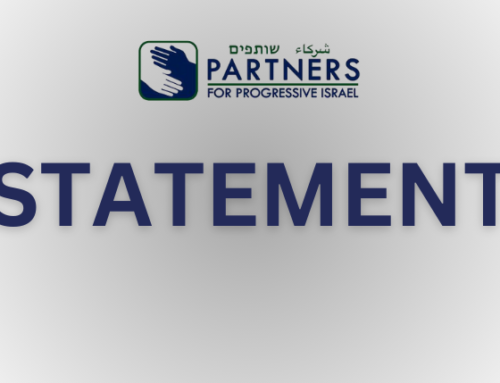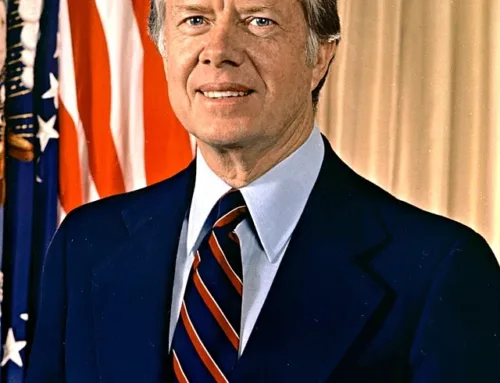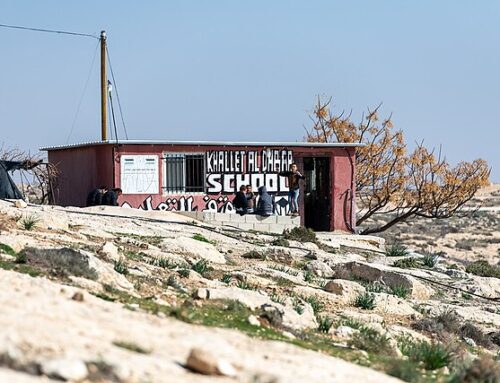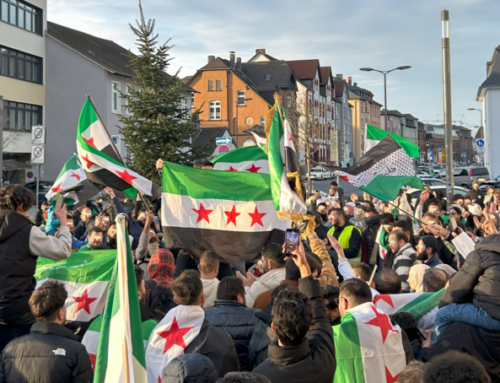“1929: Year Zero of the Arab-Israeli Conflict” by Hillel Cohen (translated by Haim Watzman); Brandeis University Press, Waltham, Mass., 2015, 288 pp.
On September 2, 1929, several weeks after the deadly riots in Palestine, the newspaper Ha’aretz called for the British to impose collective punishment on the town of Deir Yassin, as the British had imposed on several other Arab towns in preceding weeks. I had not realized that many who participated in the Irgun raid on Deir Yassin in 1948 saw it as payback for what had occurred some twenty years earlier.
In 2009, I was conducting a public interview in a Rochester synagogue with a dear friend, a 90 year old man, born in Rochester, who as a young child in 1927 moved to Palestine. The subject of the 1929 riots came up, and an elderly woman told us how she saw Arab violence against Jews in the summer of 1929, and she remembered, as if it had just happened, her fear and the collective sense of fear from all the Jews she knew. And she had never forgotten the lesson she learned—Arabs are untrustworthy, duplicitous, and, whatever they say, all they want to do is kill Jews. More than eighty years on, the 1929 riots had lost little of their power to provoke.
This is the point of Hillel Cohen’s remarkable recent book 1929: Year Zero of the Arab-Israeli Conflict: 1929—I like a book that contains its thesis in its title. It is one of very few books that focuses on the 1929 riots rather than treating them as one of the many sloughs on the road to 1948 and 1967. The author tells us that the Hebrew edition of this book was the first devoted to its subject to be published since 1930. It is an unusual book, less a straightforward narrative than a meditation that is not organized in strict chronological order. It looks backward and forward from the events of 1929, and takes its readers on a leisurely but intense historical and philosophical ramble around the issues the riots raised. For those who want a simple recounting and accounting of the many events of 1929, I recommend one of the standard histories of the period, such as Tom Segev’s One Palestine, Complete. For those who want a portal into the two hearts of darkness at the core of the struggle between Jews and Arabs in Palestine and Israel, it is a great journey.
Briefly, the conflict started over Jewish access to the Western Wall and the passage through the adjacent Maghrebi quarter (an area that was torn down by Israel immediately after the Six Day war, creating the large plaza that now exists.) Efforts to control the access led to riots, with both Jews and Arabs lynched, followed by a massacre of religious Jews in Hebron, and murderous attacks in other cities and communities. The Shaw Commission, investigating the riots, issued its report in March 1930, blamed the Arabs as the main assailants, though arguing the larger context for the riots was continued Jewish immigration. Lord Passfield’s White Paper, issued later in the year, suggested limits on Jewish immigration, a recommendation rejected by Prime Minister Ramsay MacDonald the following year. The riots led to heightened suspicions and fears on both sides, exploding in the riots and battles after 1936.
1929, like many recent histories of controversial events, is less interested in determining “what actually happened” (though it does do that as well) than letting the participants describe the events in their own terms and own frames of reference. The book is divided into chapters detailing Jewish and Palestinian accounts of the events in its five main loci–Jaffa and Tel Aviv, Jerusalem, Hebron, Motza, Safed. Cohen points out the inconsistencies and blind spots on both sides. One example: Arab accounts downplayed Arab violence but often emphasized Arabs who rescued Jews from mobs. Jewish accounts gave little coverage to Jews who rescued Arabs because they generally avoided the subject of Jewish violence altogether. As Cohen argues that “explanations of events are generally complementary rather than mutually exclusive” and that in times of tension, truth becomes increasingly elastic.
The 1929 riots for Cohen was Year Zero because it was the year, he states several times, the Yishuv came into existence. It was the first time that the largely secular Zionists in charge of the new Jewish political structures in Palestine realized that Zionism was about more than building the new Zionist man and woman or emptying the Diaspora, but about a struggle for control of ancient symbolic spaces of the land they were settling. And whether they really cared about the Western Wall or the Tomb of the Patriarchs in Hebron, spaces that could not be separated from their dense Jewish and Muslim histories, they would have to fight to control them. Early Zionism’s dreams of transcending the religious aspects of Judaism ended in 1929.
At the same time, for non-Zionist Jews, who still in 1929 probably outnumbered the Zionist true believers in Palestine, the riots were a demonstration that Zionism had so changed Palestine that old, longstanding ties with local Arabs had been superseded, and they needed protection by the Haganah and the Zionists, and that the old Ottoman rules governing interactions between Jews and Muslims no longer applied. And for Palestinians, the growing fear of Zionist ambitions colored questions of co-existing or challenging the Zionist newcomers, and helped foster a growing sense of Palestinian distinctiveness. As one reads 1929, one is reminded again that it is no accident that the epicenters of the Israeli-Palestinian conflict today, as in 1929, are the contested spaces of Hebron and the Western Wall.
Amid the hardening of lines and hearts, there was a search for alternatives. Gershom Scholem, the great scholar of Jewish mysticism, wrote in 1931 of breaking the ties with “the imperialism we have attached ourselves to with the ring of the Balfour Declaration” argued that the sun was setting on the British Empire, and Zionists had to be sure, when revolution came to the Middle East, as it would, that they “were standing on the right side of the barricades,” with the Arabs. Yeshayahu Liebowitz, then 27 years old, a member of Mizrachi, the religious Zionist movement, as clear eyed as he would be decades later, stated at the same time that the Jews can “demand for ourselves in the Land only those rights and that status that we are prepared to recognize with regard to the Arabs.”
Cohen is a historian who had dedicated much of his career to a search for alternatives, for ways Jews and Palestinians could have or might have avoided coming to the impasse they created for themselves, in works such as Army of Shadows: Palestinian Collaboration with Zionism, 1917–1948 (2008). His is a history filled with counterfactuals, what ifs, and roads not taken, of possible collaborations, in all senses of the word, that proved unavailing against the logic of the Jewish and Arab struggle for Palestine. Left wing historians are often unduly dismissive of counterfactual historian thinking as overemphasizing contingency and chance, as opposed to the unfolding of great social and economic forces.
But this is to miss the point of Cohen’s work. We sometimes look to history to find what we can no longer locate in the present, or expect to see in the future. And what we cannot find in the current situation is a belief in plausible alternatives. All sides are tormented by a sense of negative inevitability, the belief that things are out of reach and control, and destined to get worse. This is certainly so for left wing Jews and Palestinians. And even right wing Jews have largely come to the conclusion that the problem with the Palestinians is beyond solving, and critique “solutionism.”
Israel and Palestine have become exhibit A for the case for inevitable historical deterioration; things will be worse five years from now, and will be worse still five years after that, and just when you think that Israel and Palestine can sink no lower, they will somehow find a way. The alternative to this is not sprinkling the fairy dust of hope and possibility. Instead it is a recognition, at the heart of 1929, that Jews and Arabs created this inevitability, the bed on which they both so uncomfortably lie, and only they can make it less inevitable. But the act of uncreation is probably more difficult than creation. A big part of uncreating the recent history of the Middle East is a great sensitivity to alternatives, and how, on any “roadmap” of the future, there are vastly more paths not taken than the one you are traveling on. And this surely is one of the lessons of the riots of 1929.





Leave A Comment